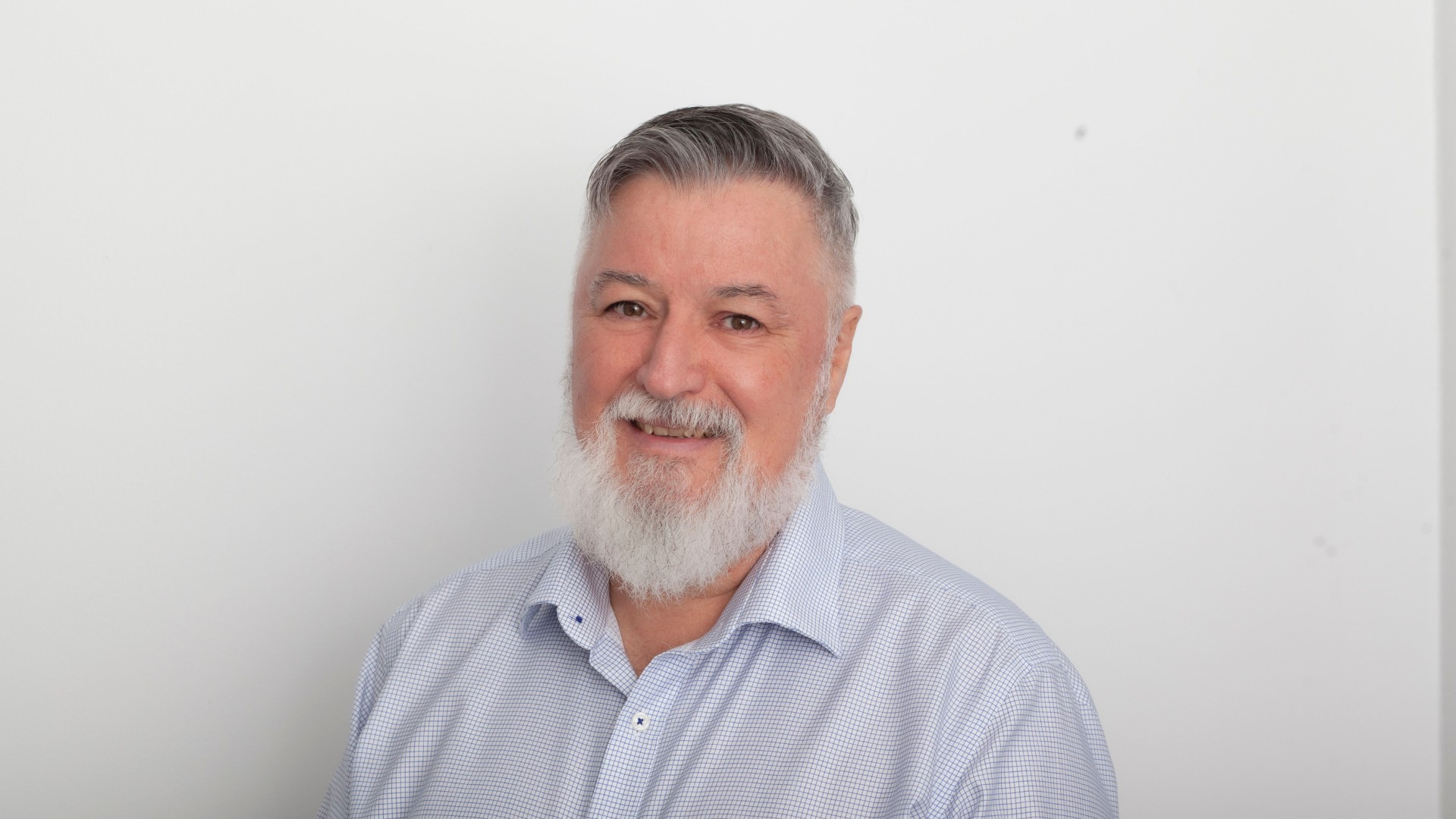… and ‘lack of downside becomes the new upside’
(pictured: Matt Toms)
Investors have a tendency to run from the last crisis towards the next one, just as regulators, like generals, fight the last war. What investors are running from is the bubble of securitisation, which burst in 2008, to corporate credit. Are they creating the next bubble?
Matt Toms, the head of public fixed income investments and a portfolio manager at Atlanta-based Voya Investment Management, says there are two major forces in action in the fixed interest sector globally:
- the real economic headwinds forcing down yields, which is a real and lasting trend, and
- quantitative easing, which Voya believes is in its “final throes”.
Voya has about US$165 billion invested in the full range of fixed interest sectors, from emerging markets, through high yield, other corporates and sovereign bonds.
Toms says of the difficulties some countries will have in any further quantitative easing: “The Bank of Japan is going to try to fire its gun again, but it’s out of bullets. It will be more like a squirt gun… And the ECB will be firing bullets that look more like rubber bullets… In my opinion the [US] Fed has some real bullets left with interest rates in the upper 1 per cent level, which, believe it or not, is high. Australia is also in a reasonably good position.”
In the choice of fixed interest asset classes, or sub-classes, with most investors trying to maintain some modicum of yield and protection against capital losses, Voya favours high-yield debt in the short term. Longer term, the firm favours local-currency emerging market debt.
But, with a view on the toppy nature of the US dollar, as many pundits have, Toms says he would choose high yield versus dollar-denominated emerging market debt over the medium to-long-term.
“We think high yield is a fundamentally better investment, but when you introduce the currency factor it changes the dynamics.”
Toms believes that investors need to be careful what they are running to – whether it’s a reaction to what they are running from. “Money has been slow to go back into securitisation,” he says. “When people run to high-yield corporate and emerging market debt are they running from yesterday’s troubles towards tomorrow’s troubles…?
“A lack of downside is the new upside. With yields where they are, for any allocation to fixed income capital preservation is the key. It’s important to look at the correlations between bonds and equities, which are typically negative. But if yields in Japan and Europe reverse to positive it will be a very different story for equities… And you can’t really separate equity valuations from property…
“People are looking in every corner of every cupboard for extra income. Post-Brexit there hasn’t been a panic and there’s not a flight to quality. It’s more a capitulation to the new environment.”
And with another word of caution, Toms says that he believes that the “unconstrained” [benchmark agnostic or ‘absolute return’] bond products which have proved popular in recent years will migrate to something new: “Unconstrained 2.0”.
He says: “A lot of these funds have been sold as products which are a reaction to or against something else, such as low interest rates. Those managers who too outsized negative duration bets are not giving a balanced value proposition to their clients. You could do that a lot more cheaply with a different strategy… Managers have sold ‘fear’ and have stuck with a negative duration position. We think a more balanced unconstrained fund is better, where the strategy can win in environments where interest rates are lower as well as higher; in any rate environment.”









